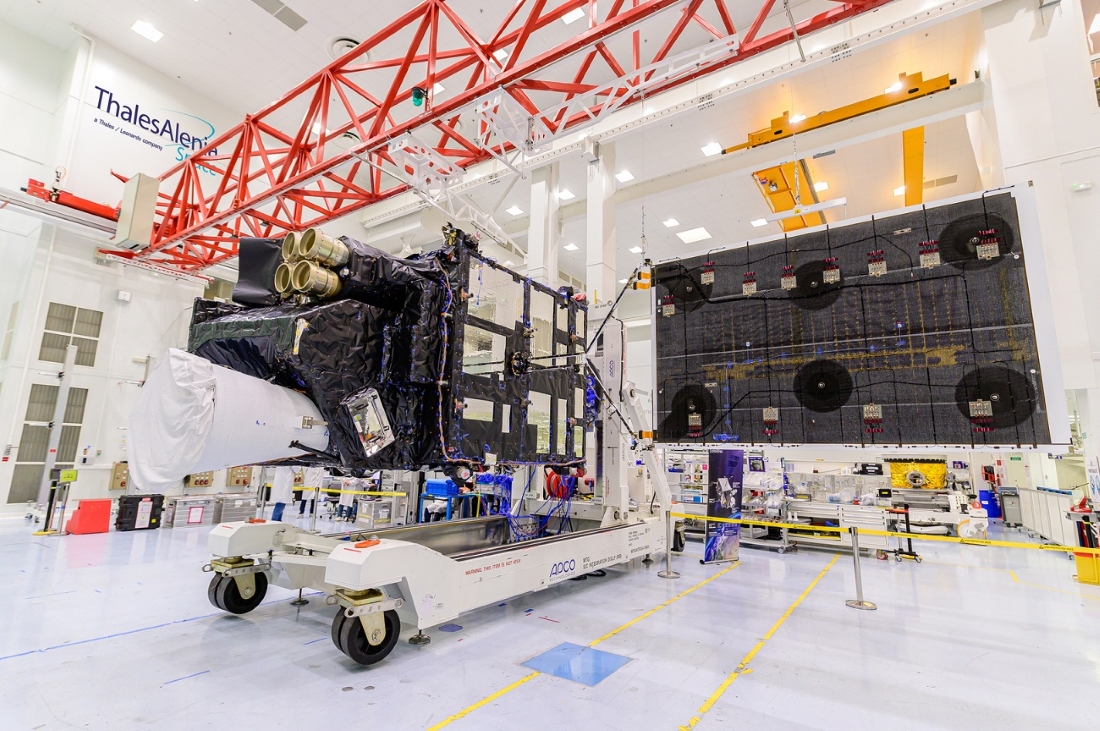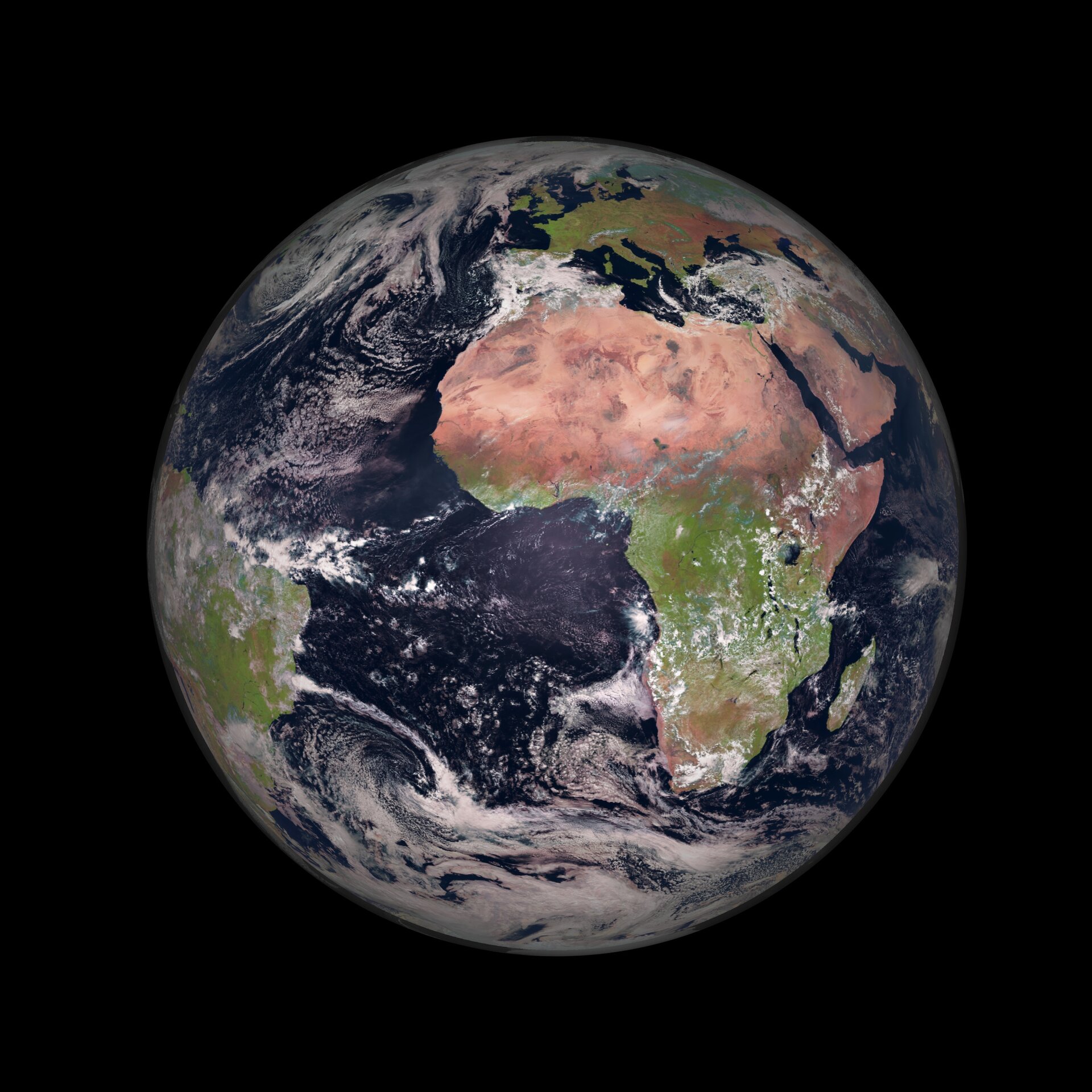The European Meteorological Satellite Organization (EUMETSAT) and the European Space Agency (ESA) today published the first image from the MTG-I1 imaging satellite, the first in the Meteosat Third Generation (MTG) family.
The image unveiled today, taken by the satellite’s Flexible Combined Imager (FCI), shows weather conditions over Europe, Africa and the Atlantic in exceptional detail. You can see the dense cloud cover over a large part of northern and western Europe, as well as Scandinavia, while Italy and the Balkans have relatively clear skies.
About MTG-I1

© Thales Alenia Space / Imag[IN]
Launched by Arianespace on December 13, 2022, MTG-I1 is the first imaging satellite in the Meteosat Third Generation (MTG) program, designed to improve weather forecasts in Europe and Africa. Designed to take over for the Meteosat Second Generation (MSG) family, MTG is a joint program between ESA and EUMETSAT to ensure the continuity of high-resolution weather monitoring beyond 2040. MTG satellites are built by Thales Alenia Space as prime contractor, in conjunction with OHB. They operate in geostationary orbit, at about 36,000 kilometers above the Earth, and offer a design life of 8.5 years.
Enhancing weather forecasting

© EUMETSAT & © ESA
MTG-I1 is fitted with the FCI, a new-generation imaging instrument, to enhance the accuracy of weather forecasts over timespans from a few minutes to a few hours. This instrument provides a complete photo of the Earth (16 wavebands) in just 10 minutes, versus 15 minutes for the previous generation, and also includes a fast mode enabling it to take photos over Europe every 2.5 minutes. It offers a spatial resolution ranging from 500 meters to 1 kilometer.
Focus on MTG

© Thales Alenia Space
This first satellite in the MTG family will be joined by three other imaging satellites (MTG-I) and two atmospheric sounding satellites (MTG-S), to be launched between 2024 and 2033, forming a constellation in geostationary orbit. Operated by EUMETSAT, this system marks a significant advance in the monitoring of extreme meteorological events. Meteorologists are eagerly awaiting these new satellites, which will significantly improve weather forecasting to revolutionize modern meteorology. The imaging models are fitted with lightning detectors, while the sounders will be able to provide 3D maps of the atmosphere. Once all satellites are in orbit, EUMETSAT will offer the world’s most sophisticated weather forecasting services.


